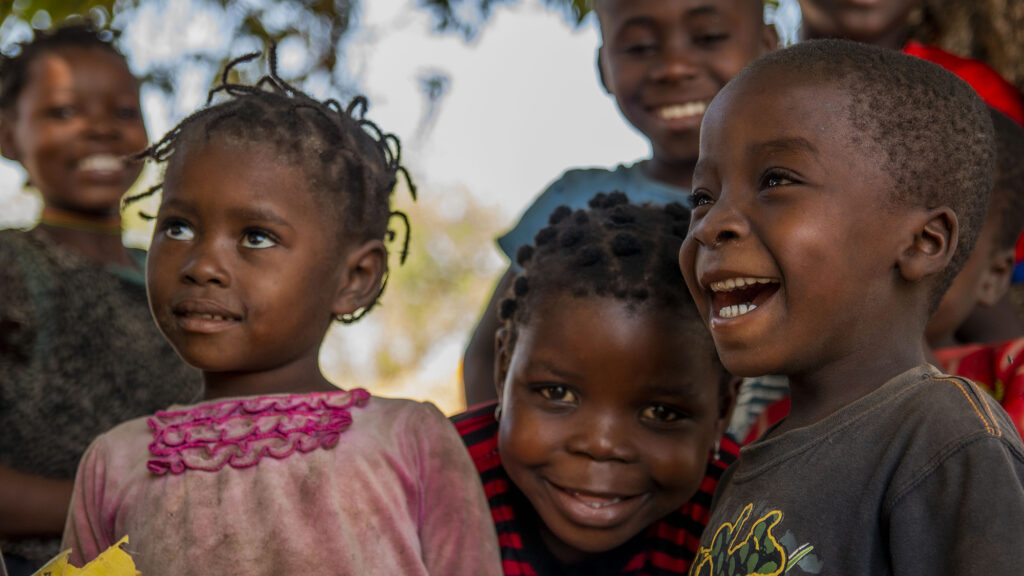When it comes to planning for your child’s future, few things is as important as financial security. Child insurance, often a type of life insurance or savings plan, is a tool many parents in the USA use to protect their kids and build a nest egg. But with so many options and terms, it can feel like a maze. This article breaks down what child insurance is, why it matters, the different types available, and how to choose the right policy. We’ll also throw in some examples, tips, and common grammar mistakes to watch out for when dealing with insurance paperwork. Let’s get started!
What is Child Insurance?
Child insurance is a financial product designed to provide coverage or savings for a child, typically from birth to young adulthood. It’s usually a form of life insurance, like whole life or universal life, that covers a child’s life while building cash value over time. The idea is to create a safety net for your child’s future, whether it’s for college, a first car, or unexpected emergencies.
Unlike adult life insurance, child insurance often has lower premiums because kids are generally healthy, and the policies can last their entire lives. The cash value component acts like a savings account, growing over time and available for withdrawals or loans later. Some plans also let you transfer the policy to your child when they’re an adult, giving them a head start on financial planning.
Why Child Insurance Matters
You might be thinking, “Why insure a child who doesn’t earn income?” That’s a fair question, but child insurance isn’t just about replacing income—it’s about securing a child’s future and protecting parents from worst-case scenarios. If a child passes away, the death benefit can cover funeral costs, which average $7,000-$10,000 in the USA. It can also help parents take time off work to grieve without financial stress.
Plus, the cash value in these policies can fund big expenses down the road, like college tuition or a wedding. In 2025, the average cost of a four-year college degree is around $120,000, and that’s expected to keep rising. A child insurance policy started when a kid is young can grow into a sizable fund by the time they’re 18.
Another big reason to get child insurance is to lock in low premiums and insurability. Kids with health issues later in life might struggle to get affordable coverage as adults. A policy bought early guarantees coverage no matter what health problems arise. For example, if your child develops a condition like diabetes, they’re still covered without sky-high rates.
Types of Child Insurance
There’s a few main types of child insurance policies in the USA. Each one has it’s own benefits and trade-offs. Here’s the breakdown:
Whole Life Insurance for Children
This is the most common type of child insurance. It covers your child for their entire life as long as premiums are paid. It also builds cash value, which grows at a guaranteed rate, usually 2-4% annually.
Pros: Lifetime coverage, predictable premiums, and cash value you can borrow against later.
Cons: More expensive than term life, and the cash value grows slowly at first.
For instance, a $50,000 whole life policy for a newborn might cost $20-$30 a month. By the time the child is 18, the cash value could be $10,000 or more, depending on the policy.
Universal Life Insurance
This is like whole life but more flexible. You can adjust premiums or the death benefit as your needs change. Some universal life policies tie cash value to investments, offering higher growth potential but more risk.
Pros: Flexible premiums and coverage, potential for higher returns.
Cons: Riskier if investments don’t perform, and fees can eat into returns.
Term Life Insurance for Children
Term life covers a child for a set period, like 10 or 20 years. It’s less common for kids because it doesn’t build cash value, but it’s cheaper and can be added to a parent’s policy as a rider.
Pros: Low cost, simple coverage.
Cons: No cash value, and coverage ends after the term unless renewed.
Gerber Life Insurance Plans
Gerber Life is a popular provider of child insurance, offering plans like the Gerber Life Grow-Up Plan. These are whole life policies with low death benefits (e.g., $25,000-$100,000) designed for kids. They’re affordable and let parents double the coverage at age 18 without extra costs.
Pros: Affordable, easy to understand, and widely available.
Cons: Limited coverage amounts compared to traditional policies.
How Child Insurance Works
Getting a child insurance policy is pretty straightforward. Here’s the process:
- Application: You provide basic info about your child, like their age and health. Most policies for kids don’t require a medical exam since children are low-risk.
- Underwriting: The insurer reviews the application and sets the premium. Premiums are usually low—often $10-$50 a month—because kids have few health issues.
- Policy Issuance: You get a policy outlining the death benefit, premiums, and cash value growth. Some policies let you add riders, like a guaranteed purchase option, which lets you buy more coverage later without a health check.
- Premium Payments: You pay regularly to keep the policy active. Some plans let you pay for a set period, like 10 years, for lifelong coverage.
- Cash Value or Claims: The cash value grows over time and can be accessed via loans or withdrawals. If the child passes away, the death benefit goes to the beneficiaries (usually the parents).
One thing to watch out for is the surrender period. If you cancel the policy early, you might lose some cash value or pay fees. Always read the fine print.
Common Grammar Mistakes to Avoid
When applying for child insurance or emailing insurers, grammar mistakes can make you look less professional. Here’s some common errors people make:
- Misusing “affect” vs. “effect”: A policy can effect your child’s future, but it’s benefits affect their financial security. (Correct: affect is a verb, effect is a noun.)
- Subject-verb agreement: Premiums is based on your child’s age. (Correct: are because premiums is plural.)
- Missing hyphens: A 5 year old child gets lower rates. (Correct: 5-year-old child.)
- Using “like” instead of “such as”: Plans like whole life or universal life are popular. (Correct: Plans such as whole life or universal life.)
- Homophone errors: Your covered for life. (Correct: You’re covered.)
These slip-ups can show up in applications or emails, so double-check your writing to avoid confusion.
Why Get Child Insurance?
Here’s some key reasons parents choose child insurance:
- Financial Protection: Covers funeral costs or lost income if parents need time off after a tragedy.
- Future Savings: Cash value can fund college, a car, or a home down payment. For example, a $25,000 policy started at birth might have $15,000 in cash value by age 18.
- Guaranteed Insurability: Locks in coverage even if your child develops health issues later.
- Low Premiums: Kids’ policies are cheaper because they’re low-risk. A $50,000 policy might cost $25 a month for a toddler vs. $100+ for an adult.
- Peace of Mind: Knowing your child has a financial safety net reduces stress.
Costs of Child Insurance
The cost of child insurance depend on factors like the child’s age, the death benefit, and the type of policy. Here’s a rough guide:
- Newborns: $10-$30/month for a $50,000 whole life policy.
- Toddlers (1-5 years): $15-$40/month for similar coverage.
- Older Kids (6-17): $20-$50/month, as premiums rise with age.
For example, a Gerber Life Grow-Up Plan with $50,000 coverage might cost $20/month for a 2-year-old. By age 18, the cash value could be $8,000-$10,000, depending on the interest rate.
How to Choose the Right Policy
Picking a child insurance policy takes some thought. Here’s some steps:
- Assess Your Goals: Are you saving for college or just want coverage? Whole life is better for savings, while term life is cheaper for basic protection.
- Compare Quotes: Check out providers like Gerber Life, Mutual of Omaha, or State Farm. Online tools can give you instant quotes.
- Consider Cash Value: Look at the guaranteed growth rate for whole or universal life policies. Higher rates mean more savings.
- Check Insurer Ratings: Choose companies with strong financial ratings from AM Best or Standard & Poor’s.
- Talk to an Agent: A licensed agent can explain riders, like guaranteed insurability, and help you avoid application mistakes.
Real-World Example
Meet Lisa, a 32-year-old mom in Colorado. She wants to secure her 3-year-old daughter Emma’s future. Lisa buys a $75,000 whole life policy from Gerber Life for $28/month. The policy has a guaranteed cash value growth rate of 3%. By the time Emma is 18, the cash value is around $12,000, which Lisa plans to use for college. If tragedy strikes and Emma passes away, the $75,000 death benefit covers funeral costs and lets Lisa take time off work. Lisa avoids a common mistake by not writing “your child’s covered” in her application, instead using “you’re” correctly.
Common Myths About Child Insurance
There’s some myths that can confuse parents:
- Myth: Child insurance is a waste since kids don’t earn income. Truth: It’s about future savings and protecting against unexpected costs.
- Myth: It’s too expensive. Truth: Policies for kids are often under $50/month.
- Myth: You can’t get coverage for kids with health issues. Truth: Many policies don’t require medical exams for kids.
Final Thoughts
Child insurance in the USA is a smart way to plan for your kid’s future. Whether you choose a whole life policy for it’s cash value or a term policy for it’s affordability, the goal is to give your child a financial head start. Don’t let grammar mistakes—like saying “your saving for college” instead of “you’re saving” or skipping hyphens in “long term plan”—trip you up when dealing with insurers. By starting early, comparing options, and working with a trusted provider, you can build a safety net that grows with your child.
For more info, check out resources like the Insurance Information Institute or NerdWallet’s 2025 guides. Ready to get started? Reach out to a insurer or agent today—your child’s future is worth it!


